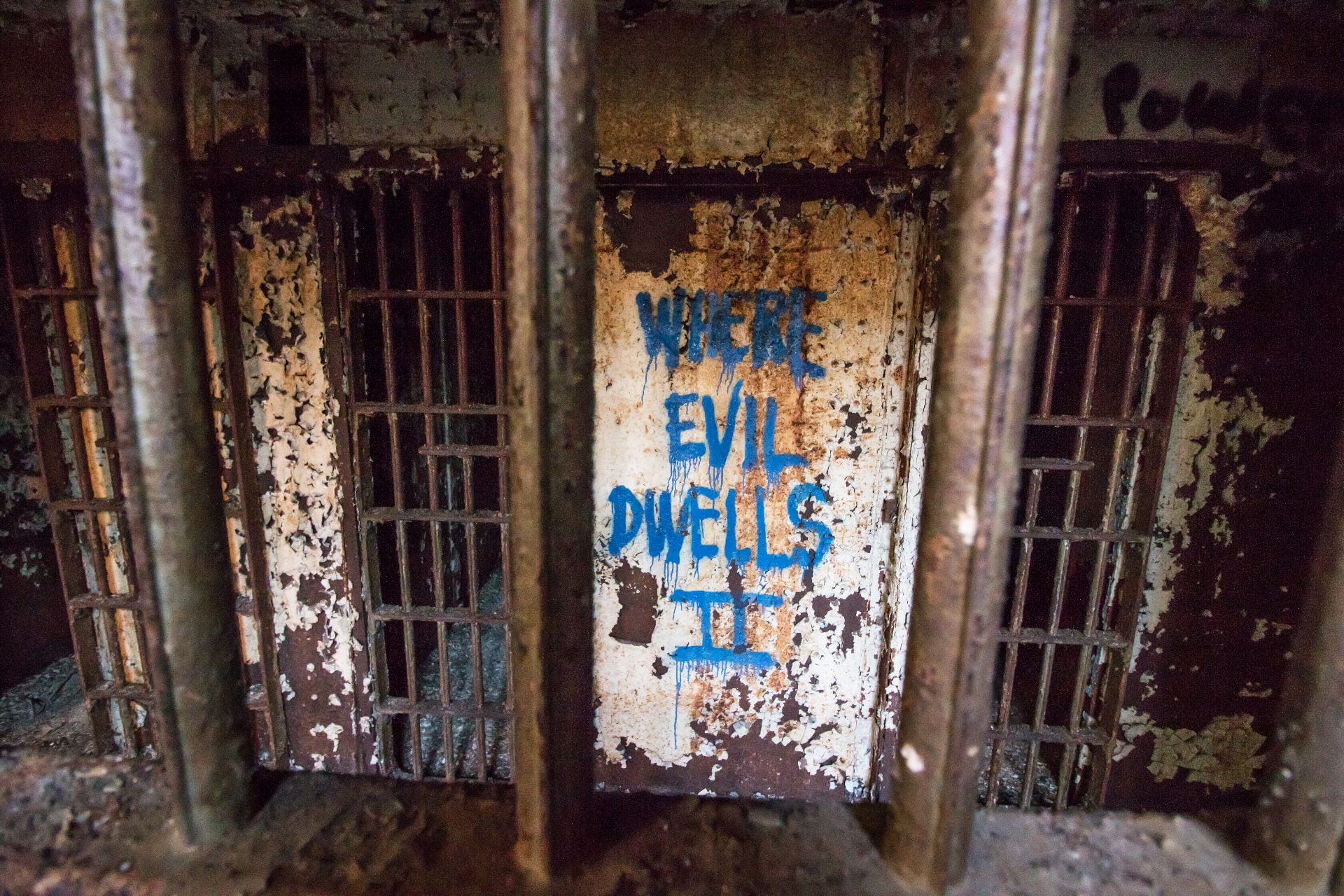1913 to 2023

View of the west facade of the Industry Mill seen from the north, with the Harmony Mill on the left. Industry Mill, Van Houten & Prospect Street, Paterson, Passaic County, NJ

Phoenix, Harmony, and Industry Mills, south elevations, Great Falls Historic District, Oliver Street, Paterson, Passaic County, NJ
A century later, the mills of Paterson sitting abandoned, their machines silent
Exactly 110 years ago today – on July 28, 1913 – Paterson silk mill workers voted to end their strike. Their strike had failed. But what has changed (or not) since then frames their historical struggle in the context of ongoing labor battles. The motivations of the strikers are as relevant in 2023 as they were in 1913: the fight for a living wage, for an eight-hour day, and – ultimately – for the right to work that feels meaningful.
The silk looms of Paterson required a high level of skill to operate: to draw the thin threads into delicate patterns, to weave the silk without breaking it, to never pull the threads too tightly that embroidered patterns curled up into themselves. Machines kept the rooms humid all year round – hot in summer, cold in winter – so that the silk threads remained damp, malleable, and less likely to tear from dryness. Workers suffered in the moisture; cases of asthma and lung diseases were common. Management was threatening to replace their skilled labor with machines. Whatever creativity and skill was still required to operate the looms was gradually being lost. Thousands in Paterson went on strike for five months from February to July 1913. They ultimately failed when management refused to concede to their demands and when workers in other mills refused to join in solidarity.
The machines in Paterson were powered first by water and wood, then coal, and finally electricity. The inventors of mill machines were scattered across the New York region. Factory machines needed to be close to the men who invented them and repaired them when, inevitably, these new inventions broke down. The investors in silk were on Wall Street and Lower Manhattan. The markets selling silk were department stores on Manhattan’s Ladies Mile, better known as Sixth Avenue. (Sixth Avenue was still largely residential.) A popular saying ran: 8th Street down the men are making it; 8th Street up the women are spending it.
The distance between markets and manufacturers was once measured in miles, the distance by train from Paterson to New York City or the distance by foot from the Triangle Shirtwaist Factory to Ladies Mile. This distance is now measured in thousands of miles. In the 19th century, Jacob Riis shocked the city’s elite with photos of Lower East Side tenements and factories located less than a mile from their Fifth Avenue homes. On June 7, 1913, the Paterson strikers brought the strike to the city. They boarded trains to Madison Square Garden and re-enacted their strike on stage for an audience in the thousands. Some strikers played on stage as police, others as management, and others as themselves. It was one of the the first times in American history that labor was transformed into a public pageant, into a public spectacle that hoped to make visible their struggle to New York City consumers. Pageants were traditionally military and state affairs that celebrated events like battle victories, elections, and fancy dress balls in theaters. To put on as large a public spectacle to celebrate striking and strikers was something new.
Fearful for their property and of socialists on their doorstep, Upper East Side residents organized their own unit of the National Guard based in a custom-built Park Avenue Avenue castle. Nicknamed the Silk Stocking Regiment for the wealth of its members, they paraded annually down Fifth Avenue in a display of wealth and force.
.















